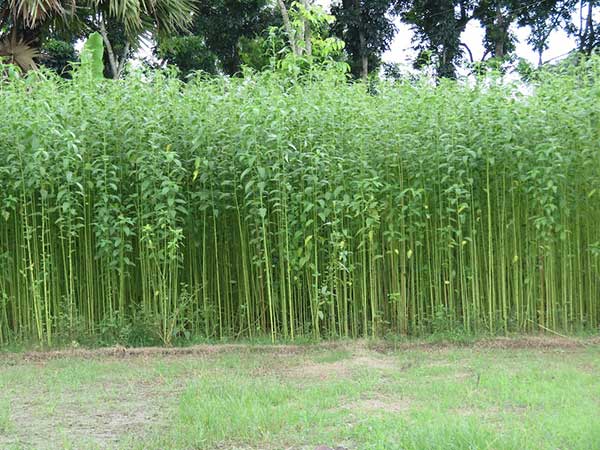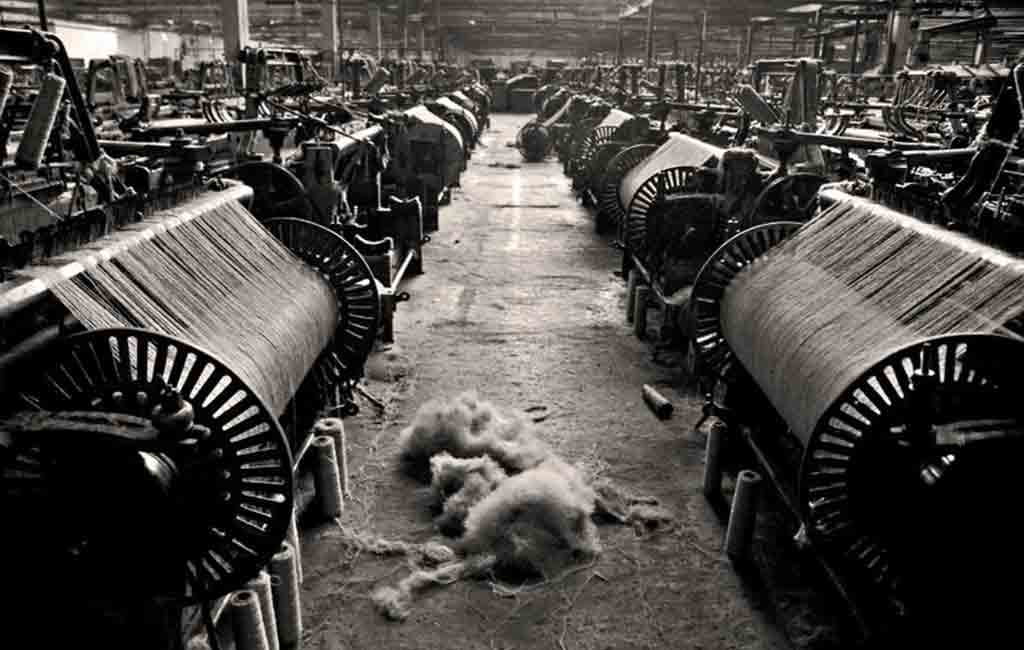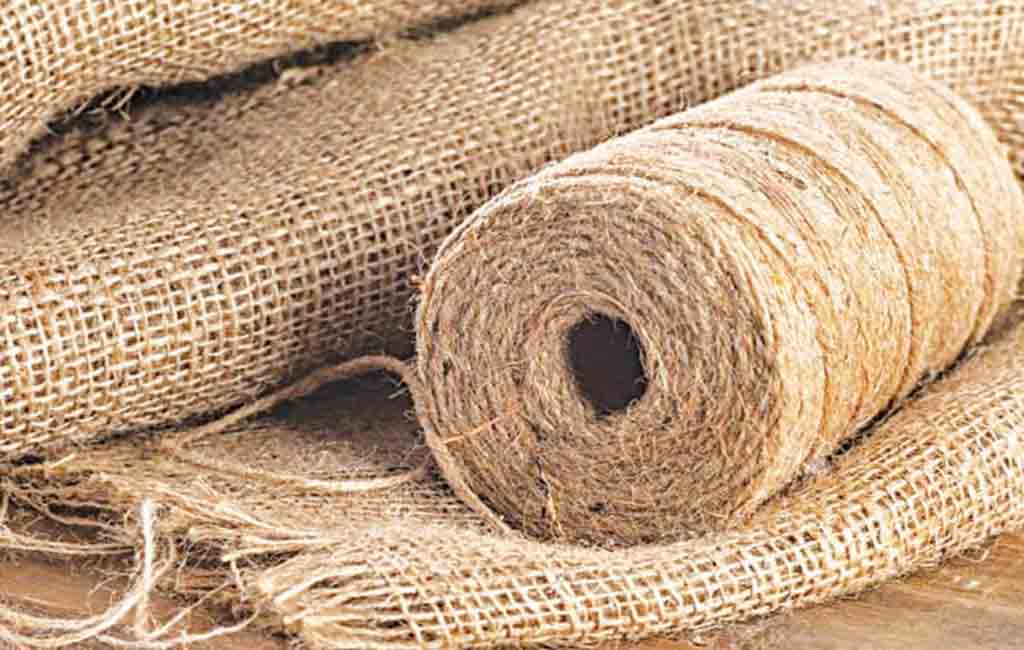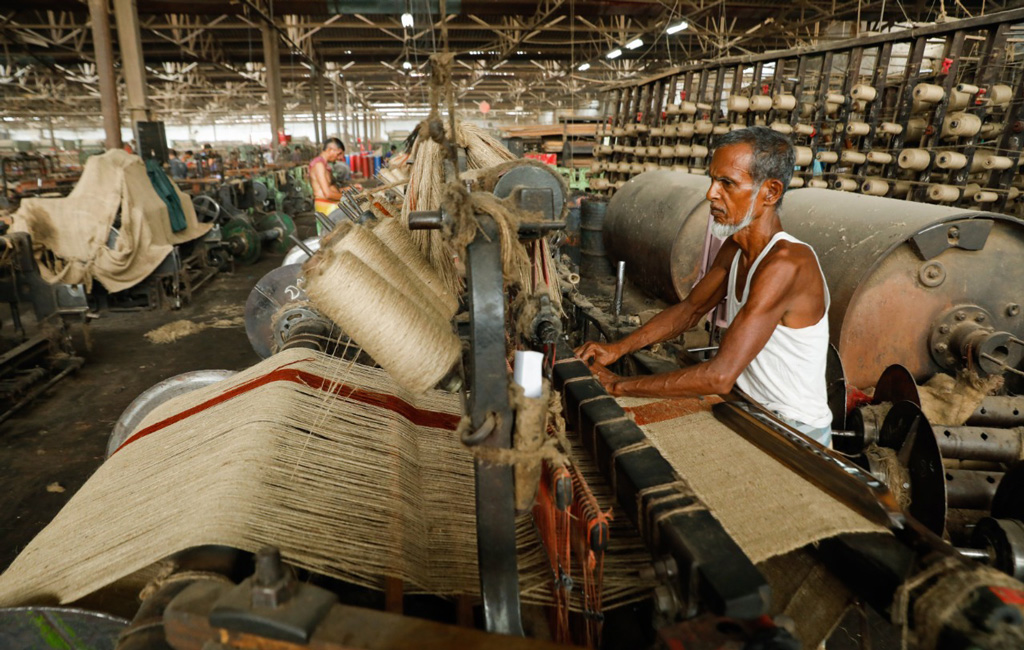Jute Overview
A major cash crop in Bangladesh is jute. The jute sector makes a significant contribution to the Bangladeshi economy. Jute plays an important role in Bangladesh’s economy, agriculture, industry, and commerce. Bangladesh manufactures a wide range of jute products that are ecologically friendly. Jute and jute products are exported to different countries around the world every year, earning Bangladesh foreign currency. A part of that income goes toward Bangladesh’s national income.
Jute was once called Bangladesh’s ‘Golden Fiber. The prosperity and growth of this industry are at risk, both now and in the future. Jute production in Bangladesh has many problems, such as low productivity, lack of quality seeds, natural calamities, conflicts and economic crisis in the world market. Since people are currently very cautious about the environment, and as jute is an environmentally friendly product, a good number of researches need to be conducted in this area.
Bangladesh is one of the prominent manufacturers and exporters of jute and jute diversified products. The export market is becoming increasingly attractive gradually as people around the world are more getting environmentally conscious. They are therefore rejecting jute producers. But in Bangladesh, jute producers have low access to the markets. Farmers still use traditional knowledge and tools for producing jute. As a result, productivity is lesser than those who use advanced technologies for the production of jute. Jute is largely cultivated in the rural areas of Bangladesh, and the roads and transportation facilities of the rural areas are not so upright. As a result, traders have to pay high transportation costs to move the raw from farmers to other intermediaries or customers.
The global demand for jute is decreasing day by day, and China, turkey, and different European countries, etc. had good markets for it. But nowadays the labor cost of processing raw jute has increased, and that is why those countries have decreased the quantity of importing it. Now they directly take yarn or fabric from Bangladesh and prepare various diversified goods.
Major Jute producing countries in the world

Major producing countries are Bangladesh (Mymensingh, Rangpur, Dhaka, Faridpur, Jessore, Pabna) and India (West Bengal, Cooch Bihar, Tripura, Assam and Orissa). Other countries are Myanmar, Nepal, China, Taiwan, Brazil, Indonesia and Thailand. Jute fibers owing to their significant physico-chemical properties are used in versatile applications.
Types of Jute fibers
Pucca grading
Raw jute from which roots have been cut.
White jute
- Bangla White special (BWS): White or creamy, finest texture, very good luster, clean, well-hackled, completely free from any defects and entirely free from red ends.
- Bangla White-A (BW-A): White to light cream, fine texture, strong and very good luster, clean, completely free from red ends and any blemish.
- Bangla White-B (BW-B): Light cream to straw color, good texture, strong and good luster, well-hackled and free from blemish and red ends excluded.
- Bangla White-C (BW-C): Light grey or light reddish to straw color, clean, sound strength, average luster, clean but free from croppy or hard gummy, tops and roots and red soft ends are permissible.
- Bangla White-D (BW-D): Any color, average strength, occasional bark and specks permissible, slightly croppy and gummy tops permissible and red ends also permissible.
- Bangla White-E (BW-E): Any color, any strength but free from perished fibers, unfretted jute.
Bangla Tossa special (BTS): Uniform golden or reddish color, finest texture, very strong, very good luster, clean cut and well hackled, and completely free from any defects.
Kucha grading:
Raw jute from which roots have not been cut. Kucha Bales are graded as follows-
Tops:
Very strong fiber, excellent colour and luster, free from all defects, cutting not more than (White 15% Toss 10%).
Middles:
Strong sound fibers, average colour and luster, free from all specks rummers and harsh crop end (White 25% Tossa 15%).
Bottoms:
Sound fibers, medium strength, free from all hard centered jute (White 30% Tossa 20%).
1. B-bottoms: Sound fiber, medium strength, not suitable for higher grade (White 35% Tossa 25%)
2. C-bottoms: Medium strength and any color but free from runners and croppiness.
3. X-bottoms: Weak, harsh jute but free from tangled jute and stick.
Classification of jute according to Geographical distribution in Bangladesh
There are three types of jute according to their quality. Such as–
1. Jat
2. District
3. Northern
Jat:
- This type of jute fiber grows in the district of Mymensingh, Dhaka and Comilla.
- These types of jute are considered to be best and finest in quality having strong, bald and lustrous fibers.
District:
The districts quality jute which is next to the jat with a soft, hair and light fiber. There are two types of it, such as–
Hard district:
- The hard district jute is better than the soft district. It mainly grows in the district of Faridpur.
- Soft district: This type of jute grows in the district of Noakhali, Pabna, Barisal, lower Comilla and part of Dhaka.
Northern:
- This type of jute is grown in the district of Rajshahi, Dinajpur, Bogra and Pabna etc. in between the river Ganga and Brahmaputra.
- This type of jute is mainly low quality, hairy and little in length.



